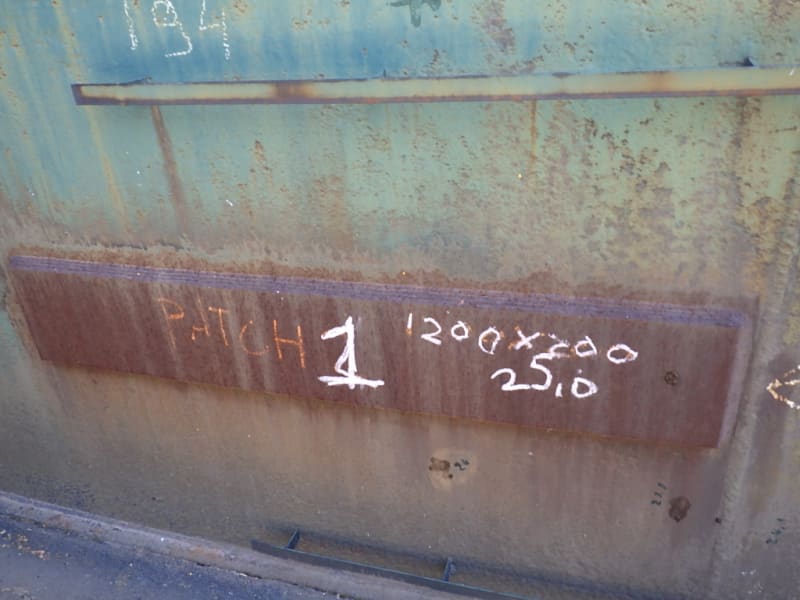Hi All,
I have a question regarding evaluation of existing patches installed on shell courses, during an inspection according API653. As mentioned in API653 section 9.3.1 'These requirements may be used
to evaluate existing lapped patch shell repairs; however, the plate thickness limits need not apply.' Where the requirements are explained in detail in the rest of section 9.3.
My question is: which plate thickness limits do not apply? The shell plate where the patch plate is installed on, the patch thickness itself or both?
I have a question regarding evaluation of existing patches installed on shell courses, during an inspection according API653. As mentioned in API653 section 9.3.1 'These requirements may be used
to evaluate existing lapped patch shell repairs; however, the plate thickness limits need not apply.' Where the requirements are explained in detail in the rest of section 9.3.
My question is: which plate thickness limits do not apply? The shell plate where the patch plate is installed on, the patch thickness itself or both?

